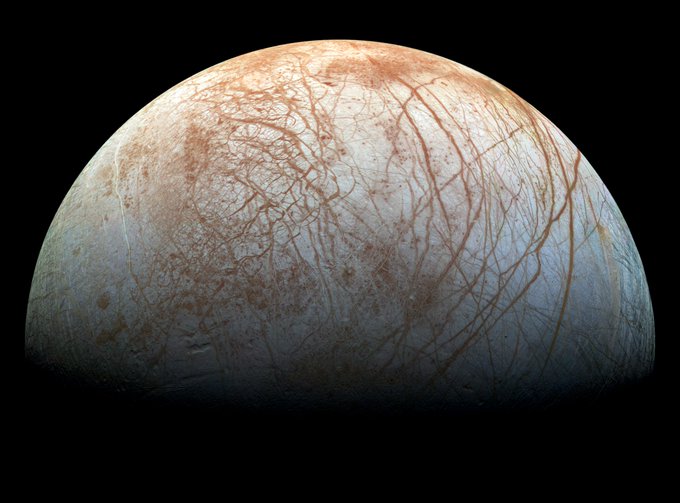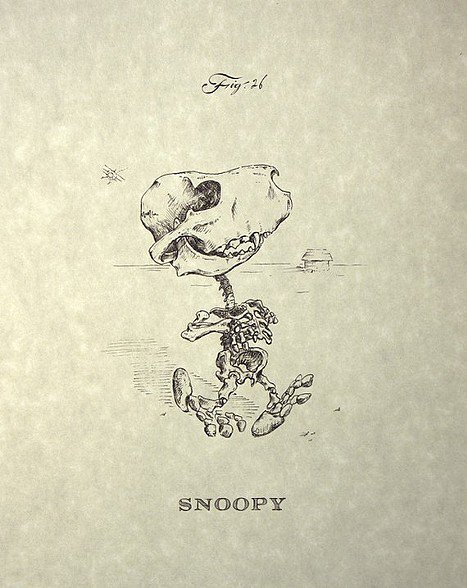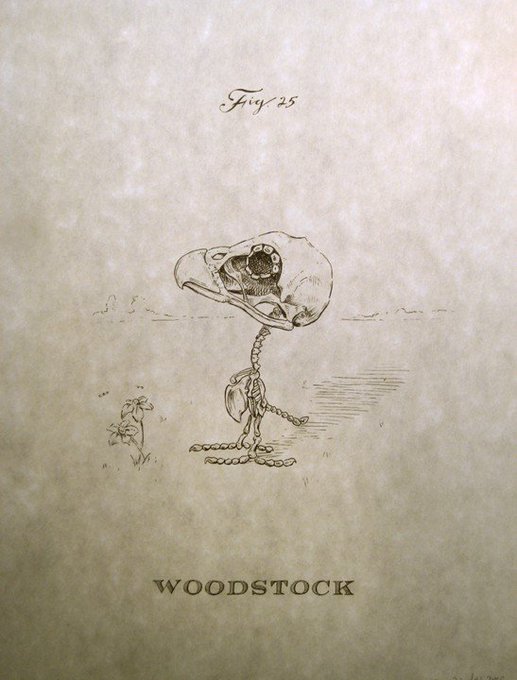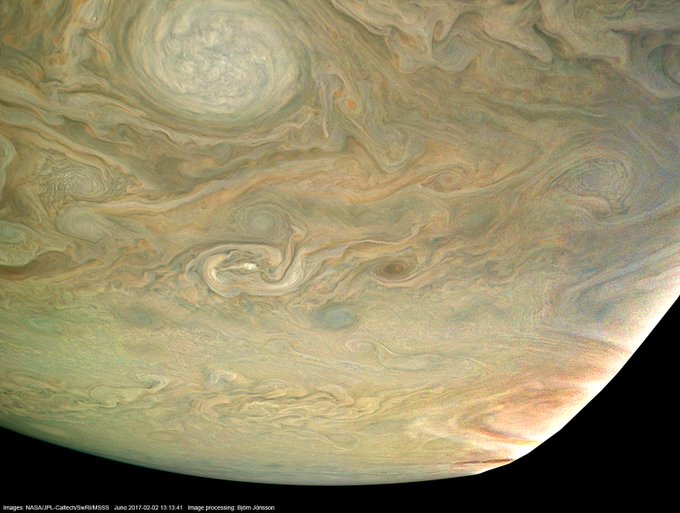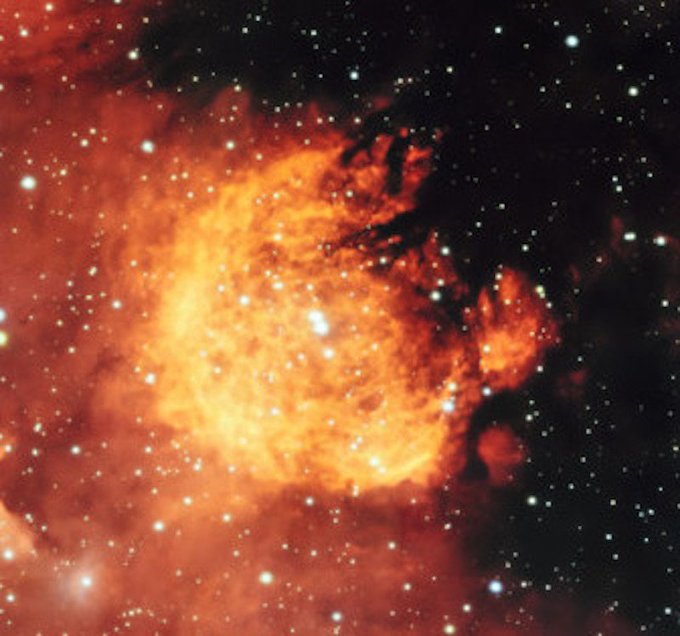@DownHereOnEarth The moonmoon discussions remind me of a childhood image...
Rivers of stars in the sky trace out the complicated, violent history of our galaxy. https://t.co/bxYz7FapZD
Strange streaks on Jupiter's moon Europa may show where saltwater from its inner ocean spilled out onto the icy surface. https://t.co/1OrQBPyVVb
Anatomical drawings of the gang from "Peanuts" & other acts of cartoon science by Michael Paulus. So. Good. https://t.co/HDOvc7kwEY
What it would look like if you were flying over Jupiter's clouds: human vision (L), enhanced (R). https://t.co/CZ3mVVfcxA @NASAJuno
One of my favorite Voyager 1 images: Europa & its shadow on Jupiter, taken #otd, 1979. https://t.co/F1ryEc0P2J
Twitter doesn't do justice to this 2-billion-pixel view of nebulas lit by giant new stars. https://t.co/K6XkQnfUoY
A new form of matter: 'time crystals' with structures that repeat in time, not space. https://t.co/b62yi15DpM






